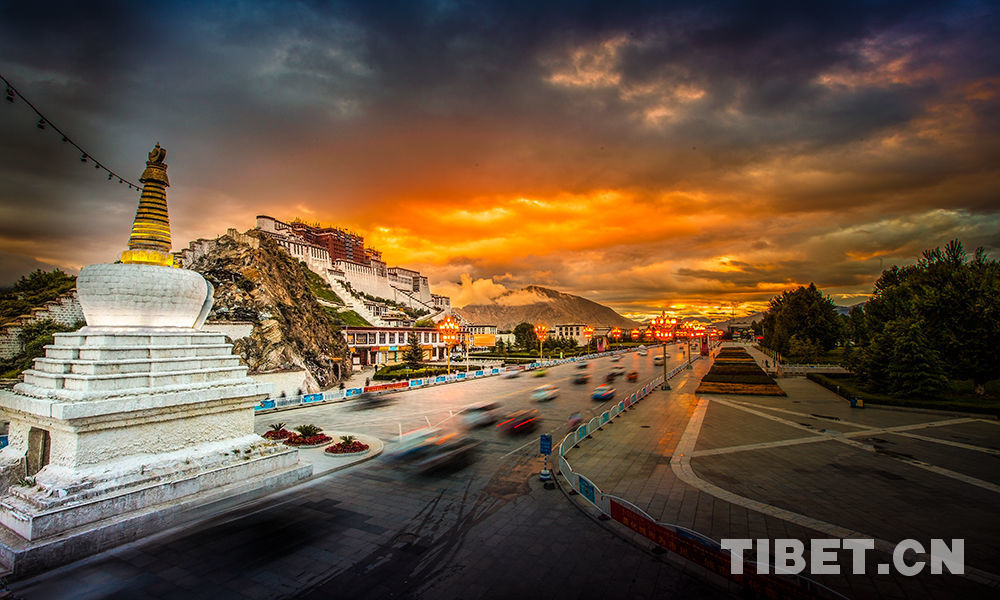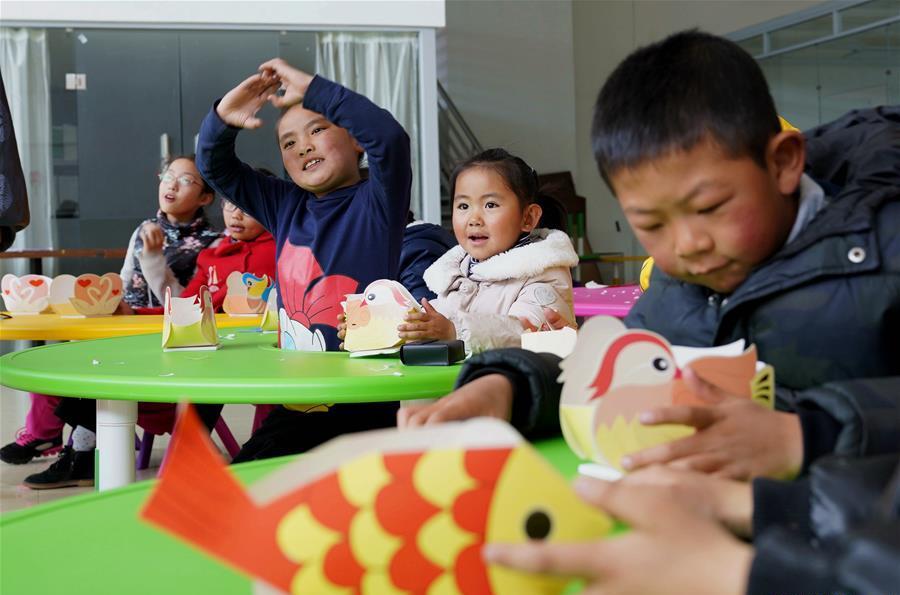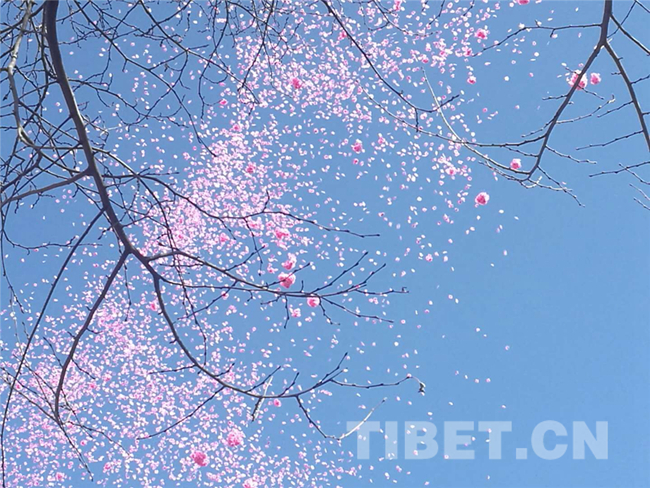Lhasa reaches level five on UV index
Since May Tibet has seen extensive rainfall and, although the weather is pleasant in the morning and evening, at noon the ultraviolet radiation (UV) index is still high. Using Lhasa as an example, recently every morning and evening has seen different levels of rainfall, with thick clouds and relatively low temperatures. But as soon as it reaches midday the temperature starts to rise and it reaches level five on the UV index.
Ultraviolet intensity is related to a number of factors, such as altitude, cloud thickness and so on. Lhasa is located on the Qinghai-Tibet Plateau where the air is thin, there are few cloud dust particles and the atmosphere and ground don’t absorb much UV rays, which increases the amount of UV radiation. Every year in July and August UV rays are at their strongest and in a single day, UV rays are strongest at 11:00 and from 14:00 to 16:00, with mornings and evenings weaker. The weakest level for the sun’s UV radiation is one and if the UV index is less than four, this means that the UV radiation has little or no affect on the human body and the body feels relatively comfortable.
According to tests, without any protection normal skin can withstand 15 minutes of exposure to the sun. But after 15 minutes different skin has different abilities to withstand sun and damage to the skin also varies. It is best to avoid long-term exposure and to add protection when travelling.
Weather service experts have warned that, apart from sunscreen, sun umbrellas and other tools, eating more food containing vitamin C also helps to resist UV rays. Vegetables high in vitamin C include peppers, tomatoes; fruits include cherries, strawberries and others.
Your Comment
Name E-mail






